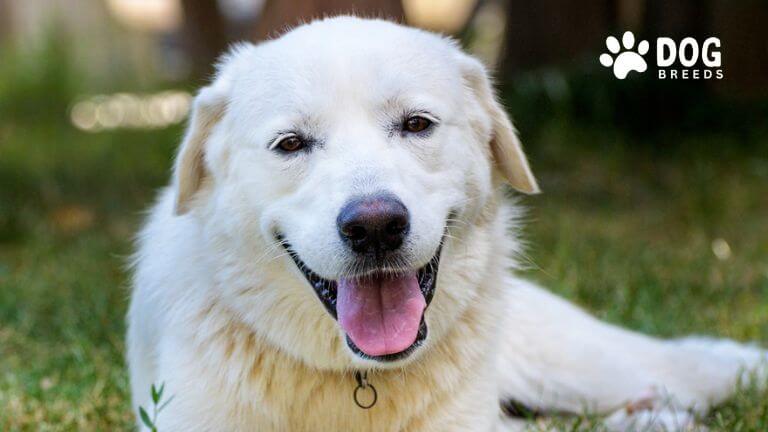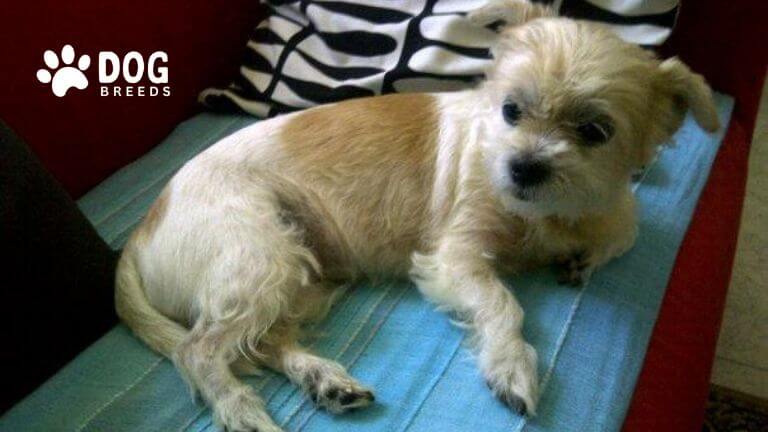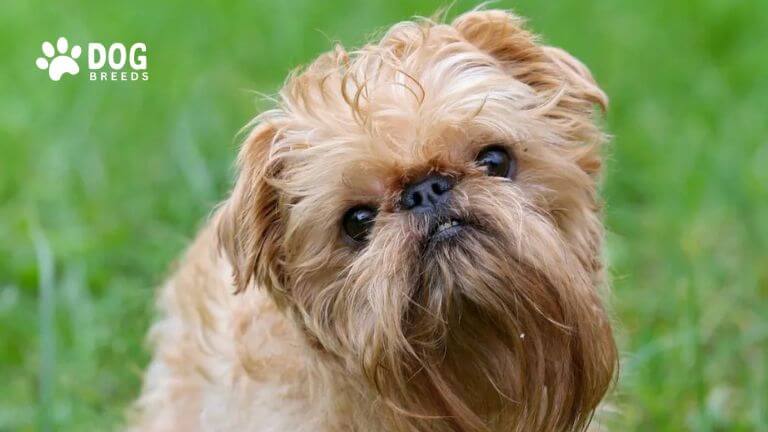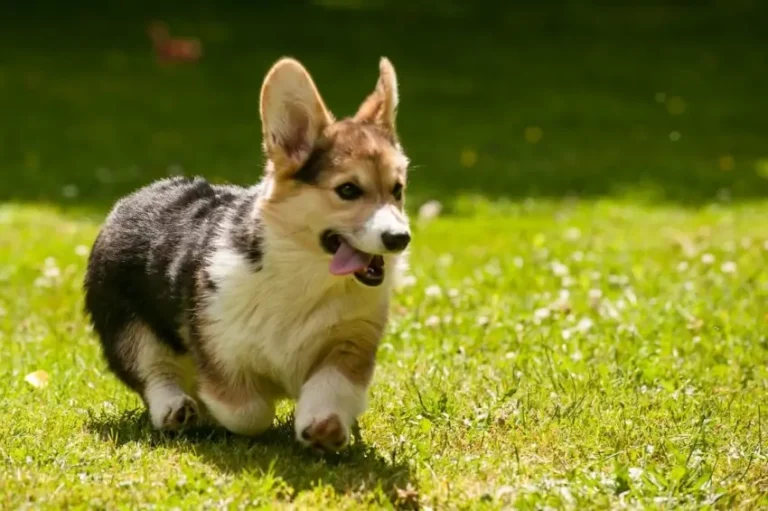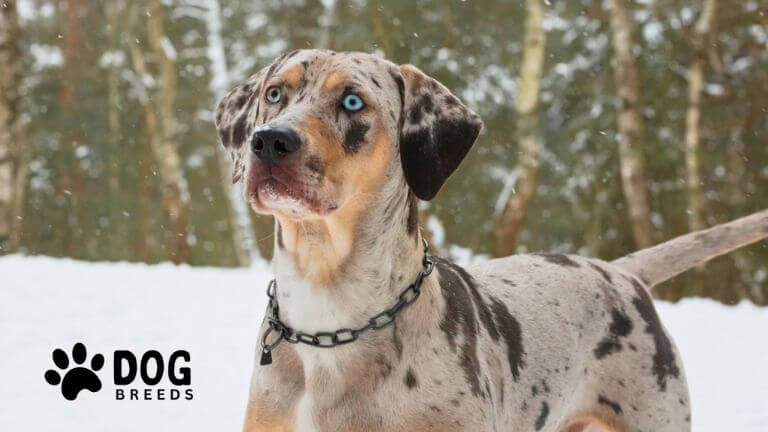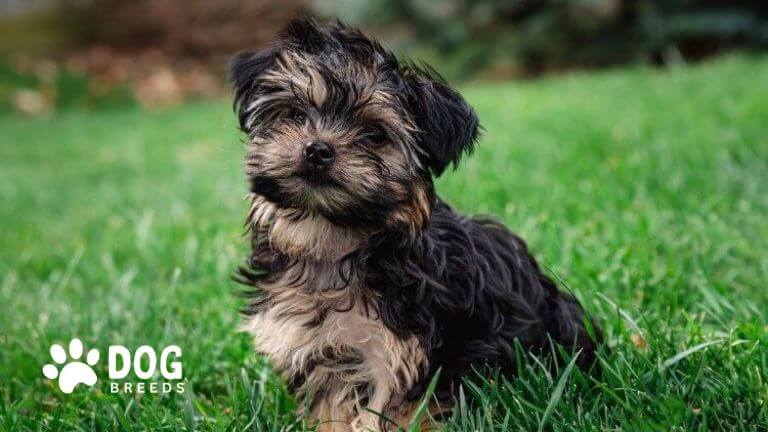Akbash Dog Breed: Loyal Livestock Guardian with Unique Traits
The Akbash dog is a remarkable breed known for its protective instincts, loyalty, and centuries-old role as a livestock guardian. Originating in Turkey, this breed is prized for its ability to safeguard livestock against predators. Its combination of intelligence, independence, and devotion makes it a unique companion for experienced dog owners.
Akbash Dog Breed Overview
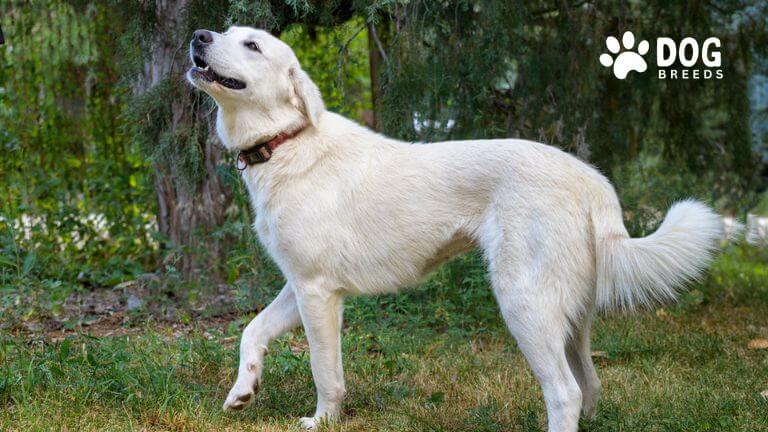
| Origin | Turkey |
| Purpose | Livestock guardian, bred to protect sheep and other livestock from predators |
| Size | Large |
| Height | 27-34 inches (males), 27-32 inches (females) |
| Weight | 75-140 pounds |
| Coat Type | Double coat; can be short to medium in length, with a thick undercoat |
| Coat Color | Predominantly white, sometimes with light biscuit or cream markings |
| Lifespan | 10-12 years |
| Temperament | Loyal, independent, protective, calm, intelligent |
| Energy Level | Moderate; requires daily exercise |
| Training Needs | Requires consistent, firm training; best for experienced dog owners |
| Socialization | Needs early socialization to adapt to families and other animals |
| Grooming Needs | Moderate; regular brushing to manage shedding |
| Health Concerns | Prone to hip dysplasia, bloat, and hypothyroidism |
| Best Suited For | Rural or suburban homes, particularly those with space and livestock |
| Not Ideal For | Apartment living or novice dog owners |
| Fun Fact | Akbash dogs are known for their keen instincts and ability to think independently when guarding livestock. |
Akbash Breed History
The Akbash breed hails from Turkey, where it has been developed over centuries to guard flocks against wolves and other predators. The name “Akbash” means “white head” in Turkish, reflecting its striking white coat. Historically, Turkish shepherds valued the Akbash for its blend of agility, strength, and vigilance. It is often considered one of the oldest breeds of livestock guardian dogs. The breed gained recognition outside Turkey in the 1970s when it was introduced to the United States by researchers David and Judy Nelson. Today, it remains a trusted guardian for farmers and a loyal companion for dedicated dog enthusiasts.
Akbash Physical Characteristics
The Akbash is a large, powerful dog with a striking white coat.
- Size: Males stand 28-34 inches tall at the shoulder and weigh between 90-140 pounds. Females are slightly smaller, standing 27-32 inches and weighing 75-120 pounds.
- Coat Type: Their double coat is weather-resistant, with a soft undercoat and a slightly coarse outer layer.
- Color: Always white, though light biscuit markings on the ears may occur.
- Distinct Features: A wedge-shaped head, triangular drop ears, and a long, slightly curled tail. Their large, expressive eyes exude intelligence and alertness.
The Akbash’s physical appearance is functional and designed for endurance and protection.
Temperament and Personality
The Akbash are loyal, independent, and protective, making them an excellent guardian of livestock and homes. These dogs form strong bonds with their families and are naturally wary of strangers.
- Loyalty: They are deeply attached to their owners and exhibit strong protective instincts.
- Independence: Their role as a guardian requires independent decision-making, making them less eager to follow commands than other breeds.
- Socialization Needs: Early socialization is crucial to ensure they are well-mannered around people and other animals.
While their guarding instincts make them excellent protectors, Akbash dogs are best suited for experienced owners who understand their needs.
Health and Care
The Akbash is a generally healthy breed but may be prone to certain conditions common in large dogs.
Common Health Issues
- Hip Dysplasia: A genetic condition affecting joint function.
- Bloat (Gastric Dilatation-Volvulus): A life-threatening condition that requires immediate veterinary attention.
- Slow Maturation: These dogs grow slowly, requiring special attention to their diet and exercise during early development.
Care Guidelines
- Diet: High-quality dog food suited for large breeds is essential. Avoid overfeeding to prevent obesity.
- Grooming: Weekly brushing keeps their coat in good condition. During shedding seasons, more frequent brushing is necessary.
- Exercise Needs: Though not overly energetic, Akbash dogs need daily walks and space to roam. Secure fencing is a must to contain their protective instincts.
Training and Socialization
Training an Akbash requires patience and consistency.
- Challenges: Their independence can make training difficult. Positive reinforcement works best.
- Socialization: Introduce them to various environments, people, and animals early to reduce wariness and potential aggression.
- Guardian Instincts: Teach commands like “leave it” to manage their natural protective behaviors.
Early and continuous training helps shape a well-behaved and balanced Akbash.
Suitability for Families
The Akbash can thrive in specific family settings.
- Family Dynamics: Best suited for families familiar with large, independent breeds.
- Children: They are gentle but may not tolerate rough play. Supervision is essential.
- Living Environment: Ideal for rural or spacious suburban homes with secure fencing. Urban settings may not provide the space or stimulation they need.
Fun Facts
- The Akbash is one of the few dog breeds specifically bred for guarding rather than herding.
- They often work in pairs, covering vast areas while guarding livestock.
- Their white coat helps them blend with sheep, providing camouflage from predators.
Conclusion
The Akbash dog is a loyal and formidable guardian, best suited for experienced owners who can meet their unique needs. If you are considering adding an Akbash to your family, consult reputable breeders or adoption organizations to ensure a good match. With proper care and training, the Akbash will reward you with unwavering loyalty and protection.
Explore more about the Akbash dog to discover if it is the perfect breed for your lifestyle!
- Why Are Dalmatians Not Popular? Uncovering the Truth Behind the Rarity of This Iconic Breed - April 16, 2025
- Top 15 Chinese Dog Breeds: Discover the Best Dogs from China - April 14, 2025
- Dalmatian Dog Breed: History, Care, Personality & Health - April 3, 2025
